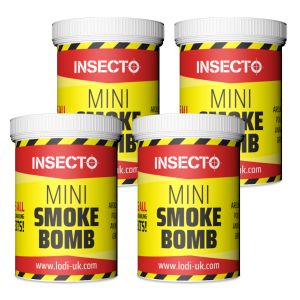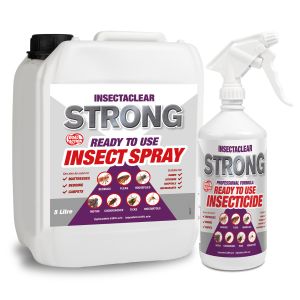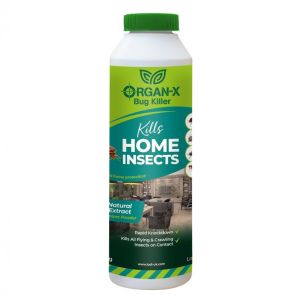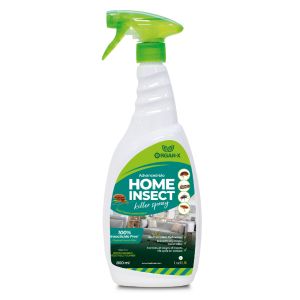How to get rid of moths
Know your enemy
There are several species of moth in the UK which can cause damage to textiles and carpets. One thing that all these moths have in common is that the adult moths are not the ones that cause damage. Damage occurs when the moth larvae/ or caterpillars eat clothes fibres or use them to form cocoons. If adult moths are seen then that could mean that their fabric eating offspring are nearby.
Moth caterpillars eat mostly natural fibres including wool, fur and feathers, silk, cashmere, even natural bristle brushes! Natural fibres contain keratin which is the moth’s main source of protein. If you see moths making holes in man made fibres it is likely they were just cutting through it to get to something tastier!
Moths are attracted to clothes containing moisture, especially things like sweat, urine, spilled food etc. which can give them other nutrients as well as water.
Although most active in the spring and summer, they can be seen all year round in warm houses.
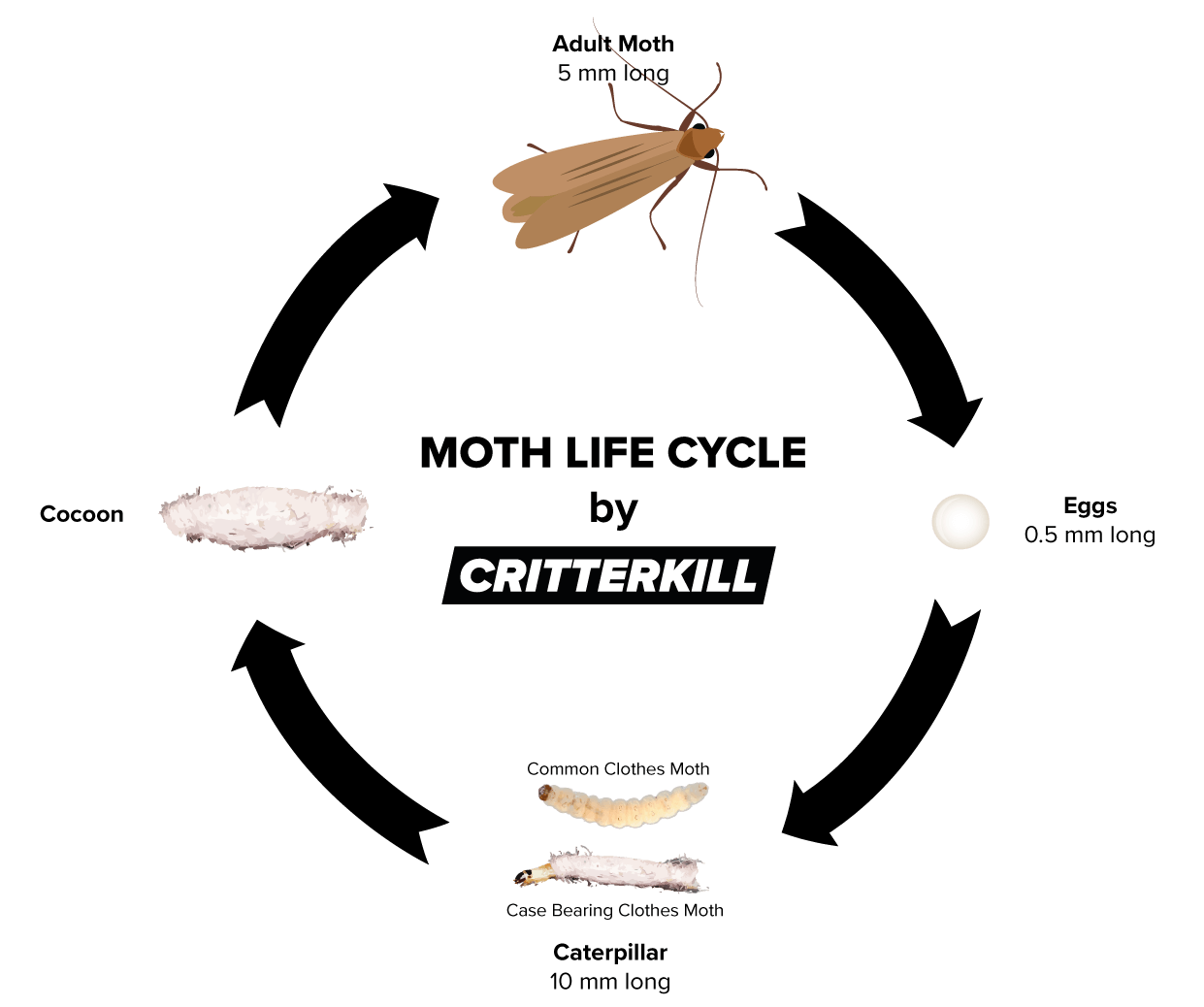
How to Spot Moths
There are a few things to look out for if there is a suspected moth problem:
- Holes in clothing, especially clothing made of natural fibres like wool, silk or fur.
- Damage to carpets
- Clothing looks dusty or discoloured and has a musty smell
- Webbing in the wardrobe
- Discarded cocoons made of a fibrous material
How To Identify Common Moths
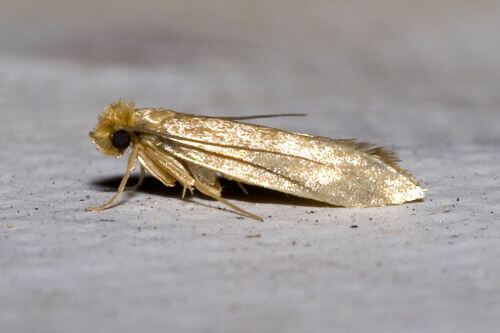 Common Clothes Moth. By Olaf Leillinger (Own work) [CC BY-SA 2.5 or GFDL], via Wikimedia Commons |
Common Clothes mothTineola bisselliellaTurns from egg to adult in around 6 weeks. This can take up to 18 months if conditions are not right for the moth! Female moths lay eggs in clusters of 30-200 where they think there will be a supply of moisture and suitable food. Larvae creamy white with a brown head, up to 10mm long. Adults are 6-8mm long with strongly fringed straw coloured wings. Adults do not feed and avoid the light. The common clothes moth prefers to crawl rather than fly. Once adult moths have mated (male) or laid eggs (female) they will die. |
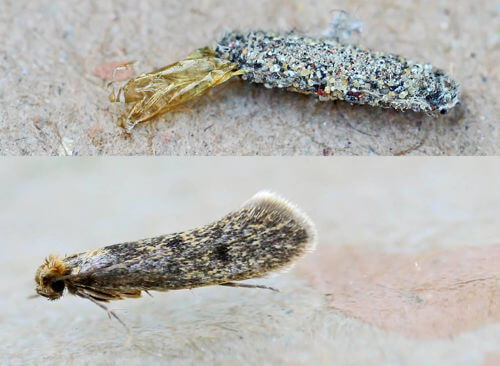 Case Bearing Clothes Moth. ©entomart |
Case-Bearing Clothes MothLinea pellionellaLarvae are up to 10mm long and are a creamy white. Larvae weave a protective case from fibres or hairs, giving them their name. Adults have silvery grey or shiny light brown, fringed wings with three darker, faint spots. They are 6-8mm long with a wingspan 9-16 mm. |
 Brown House Moth. By Michael Kurz (http://www.nkis.info) [CC BY-SA 3.0 at], via Wikimedia Commons |
Brown House MothHofmannophila pseudospretellaLarvae are up to 20mm long. Adults are mottled brown and are 8-14mm long. |
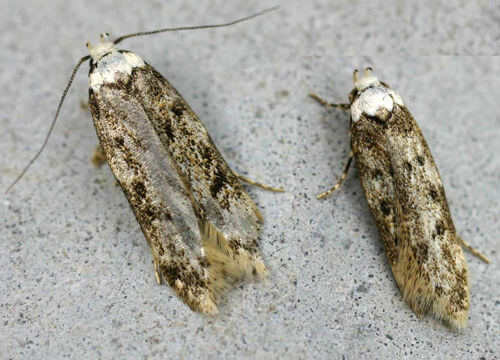 White Shouldered House Moth. Attribution: ©entomart |
White Shouldered House MothEndorses sarcitrellaLarvae are a cream colour with a red-brown head and up to 12mm long. Adult white shouldered house moths have a white head and shoulder area with brown mottled wings. |
How to kill moths
Catch them
Place traps where moths are a problem. Add a dab of fish oil to the Critterkill insect traps, as moths are attracted to it. A good place to get some fish oil is from a tin of tuna or salmon.Killing Moths in the wardrobe
Wash all clothes and textiles that can be put in the washing machine. This will get rid of any eggs that may have been laid on them. If possible also put the clothes through a hot dryer. Items that cannot be put in a clothes dryer can be put in the freezer for a few days which will also kill any eggs. Once the wardrobe is emptied out give it a good scrub. Moths eggs can be stuck to surfaces so a sponge scrubber is ideal for dislodging them (make sure it won’t damage your furniture though!) Really get in all the crevices and corners as this is where moths like to hide.Killing moths in the carpet
Just like tackling fleas, vacuuming is a great weapon against moths. A high powered vacuum cleaner can suck up and kill moth eggs and larvae.Sprays & Smoke Bombs Treatment
- Check for signs of moths in all rooms of the house. Infestations can spread from room to room and it is important to treat every room that is affected, all rooms in close proximity and preferably the whole house.
- Hoover everywhere thoroughly and then remove contents from hoover out of the house. The vibration from the hoover can also start the hatching process which is very important as product does not kill eggs.
- Remove and wash any bedding or soft furnishings on the hottest wash suitable.
- Spray thoroughly paying extra attention to the dark corners and any cracks or holes. Once dry, proceed with the smoke bombs.
- Do not hoover between treatments as this will remove the residue.
- After 7 days, hoover and re-treat. Due to the life cycle and the fact that products are unable to penetrate the eggs/cocoons retreatment needs to applied. Continue until all signs of infestation have gone.
Monitoring and Prevention of Moths
Protecting Clothes From Moths
Don’t hang up anything that has been worn in your wardrobe. Moths are very attracted to clothing that has food stains, bodily fluids such as sweat, or any kind of moisture. Certain clothes that cannot be washed can be brushed to dislodge any stow away moth eggs, or better yet be dry cleaned. Protect items that are not used often, such as wool jumpers in the summer, in airtight containers. Vacuum sealed bags and plastic boxes with lids are ideal for this. You can buy special plastic bags to go over coat hangers which will protect your wool or delicate items when you are using them more often. Before storing clothes make sure there are no moths, larvae or eggs on them!Dry Them Out
Moths like to lay eggs in warm, moist environments, so to discourage moths keep things dry and cool. Special dehumidifiers for wardrobes can be bought which may help the problem. If you can keep humidity in your home to 50% or lower it will discourage many insects, including moths. You can keep track of humidity with a hygrometer. The air humidity in a whole home can be controlled by a dehumidifier. Modern dehumidifiers are cheap to run and one unit can serve the whole home.No Place to Hide
Fill or cover as many hiding places as you can. Moths like to hide in any crevice they can find so sealing up gaps in skirting boards, floorboards and walls etc. can make it easier to spot and kill pests.Wood You Keep Out! Moths are repelled by cedar wood, and more specifically by cedar wood oil. Using cedar coat hangers, hanging cedar wood chips or putting blocks of it in you wool clothes pockets can deter moths from setting up home.

